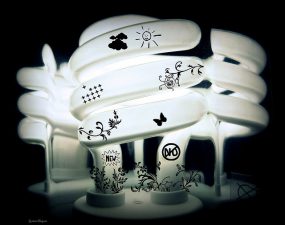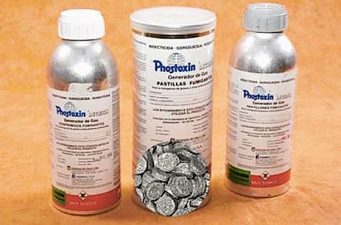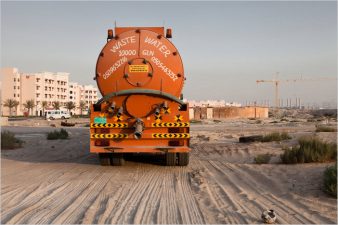 After July, the United Arab Emirates (UAE), one of the world’s largest oil producers, will no longer import high energy incandescent light bulbs. And by the end of the year, it will be impossible to buy them. Hit the jump to find out what this means for you.
After July, the United Arab Emirates (UAE), one of the world’s largest oil producers, will no longer import high energy incandescent light bulbs. And by the end of the year, it will be impossible to buy them. Hit the jump to find out what this means for you.
Albeit somewhat late ( the UK first announced its ban of incandescent light bulbs in 2007), the UAE’s ban is a progressive move that is expected to save up to 500 megawatts a year.
To put that into perspective, that is about five times as much energy produced annually by the Shams 1 concentrated solar power plant (CSP) located outside of Abu Dhabi.
That equates to enough energy to power 100,000 homes and divert nearly one million tonnes of carbon dioxide emissions from the atmosphere every year.
In addition to the environmental benefits of phasing out the incandescent bulb, the UAE is also expecting to save roughly $182 million a year.
“This standard will ensure that the market carries only high-quality indoor lighting products that meet requirements,” Mohammed Badri, acting director general of Esma, the Emirates Authority for Standardisation and Metrology, told The National.
“These include electrical safety, energy efficiency, functionality and a limit to the content of hazardous chemicals.”
Related: LED lights health hazard
For the longest time, as incandescent bulbs have become increasingly embarrassing given their high energy use, especially when compared to Light Emitting Diodes (LED) bulbs (Earth Easy has a chart which shows that an LED bulb will use just 500KWh of energy over 50,000 hours compared to an incandescent bulb’s 3,000 KWh. Plus, an LED bulb lasts for 10,000 hours compared to the incandescent’s short lifespan of just 1,200 hours), people have complained about the cost.
This will be especially problematic in the UAE, where Emiratis still pay a fraction of what energy really costs because of government subsidies, which means there is little incentive to buy the more efficient bulbs that are also more expensive.
But the cost of LEDs, which are the most efficient alternative, has dropped considerably in the last few years. It used to be that you couldn’t get a bulb for less than $30, but now some companies are hitting the $10 mark – though it remains to be seen what costs will look like in the UAE.
Compact Fluorescent Lamps (CFLs), which are roughly one third more efficient than incandescents, have always been cheaper than LEDs, but they don’t last nearly as long.
Now prices are beginning to level out, and eventually, as the quality of LED lights improve with new innovations, they are likely to be phased out in the long term as well.




2 thoughts on “Dubai, Abu Dhabi ban high energy incandescent light bulbs”
Comments are closed.